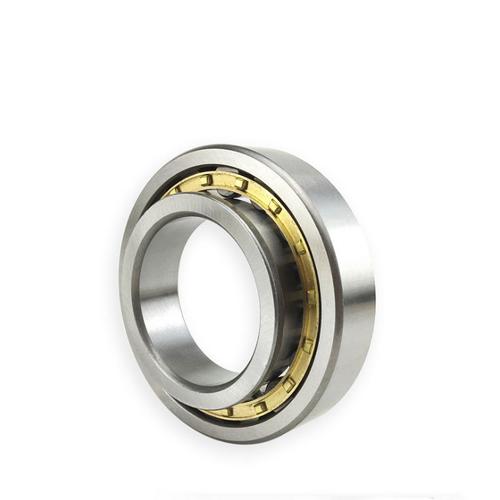Top Heat Resistant Bearings Manufacturers: Key Features and Applications
Heat resistant bearings are critical components in industries operating under extreme temperatures, such as steel production, aerospace, and automotive manufacturing. These specialized bearings reduce friction, prevent deformation, and ensure machinery longevity in environments exceeding 300°C. This article explores top manufacturers, material innovations, and application-specific solutions for heat resistant bearings.
Table of Contents
1. high temperature bearings suppliers2. industrial heat resistant bearings
3. ceramic heat resistant bearings
4. heat resistant bearing materials
5. heat resistant bearings for steel industry
1. High Temperature Bearings Suppliers

Leading high temperature bearings suppliers utilize advanced metallurgy and precision engineering to create components that withstand thermal stress. Companies like SKF and Timken employ vacuum-hardened steel alloys with chromium-molybdenum bases, achieving continuous operation at 350°C. Specialized coatings like tungsten disulfide enhance lubricity in extreme heat. Industrial ovens and kiln applications particularly benefit from these solutions, with some suppliers offering customized sealing systems using fluorocarbon compounds to prevent lubricant evaporation.
2. Industrial Heat Resistant Bearings
Industrial heat resistant bearings incorporate unique cage designs using machined brass or phenolic resin to minimize thermal expansion. Aerospace manufacturers often require bearings with silicon nitride ceramic balls, reducing weight while maintaining 500°C tolerance. Proper clearance adjustments account for shaft expansion at high temperatures. Recent advancements include hybrid bearings combining steel races with ceramic rolling elements, extending service life in cement manufacturing equipment by 40% compared to traditional designs.
3. Ceramic Heat Resistant Bearings
Ceramic heat resistant bearings excel in corrosive environments where standard steel bearings fail. Zirconia oxide variants maintain structural integrity up to 800°C, ideal for semiconductor manufacturing furnaces. Their non-conductive properties prevent electrical arcing in high-speed motors. However, proper installation is crucial – ceramic materials require specific press-fit tolerances and thermal growth compensation. Leading manufacturers now offer hybrid ceramic-steel bearings that balance cost and performance for food processing sterilization systems.
4. Heat Resistant Bearing Materials
Modern heat resistant bearing materials include tool steel AISI M50 for jet engine applications and cobalt-based superalloys for nuclear reactors. Graphite-impregnated bronze bushings serve in non-lubricated high-heat environments. Researchers are developing graphene-enhanced composites that reduce friction coefficients by 60% at 400°C. For continuous casting machines in steel plants, manufacturers now recommend bearings with silver-plated cages that withstand 600°C while maintaining lubricant distribution.
5. Heat Resistant Bearings for Steel Industry
In steel mills, heat resistant bearings must endure both radiant heat and scale contamination. Leading manufacturers design triple-labyrinth seals with heat-resistant rubber compounds to block particulate ingress. Water-cooled bearing housings with internal channels maintain optimal operating temperatures in rolling mill applications. Some providers offer induction-hardened 440C stainless steel bearings with carbide overlays, specifically engineered for continuous slab casting operations exceeding 250°C ambient temperatures.
The evolution of heat resistant bearings directly addresses industrial demands for extreme environment performance. From ceramic hybrids in aerospace to water-cooled systems in steel production, manufacturers continue innovating material science and thermal management solutions. Understanding these advancements helps engineers select optimal bearing configurations, whether prioritizing temperature thresholds, corrosion resistance, or operational lifespan in high-heat applications.
As industries push operational boundaries, heat resistant bearings remain crucial for maintaining productivity in extreme conditions. This guide has explored material innovations, application-specific designs, and leading manufacturers' approaches. By implementing these advanced bearing solutions, industries can significantly reduce downtime while improving safety and efficiency in high-temperature processes.




 13869596835
13869596835